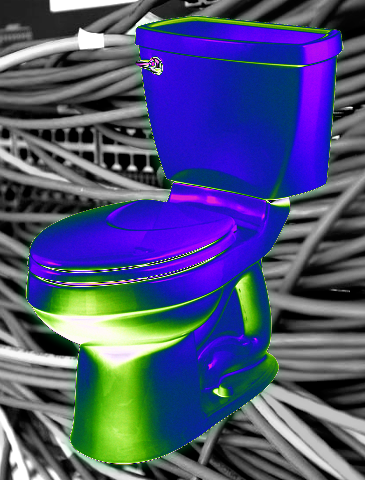Sewerage test shows virus stuck
 A new study looks at what happens when the COVID-19 virus hits the sewerage system.
A new study looks at what happens when the COVID-19 virus hits the sewerage system.
During the COVID-19 pandemic, governments have relied on sewerage systems to detect and monitor COVID-19 outbreaks.
However, authorities wanted to know what actually happens to the virus once it enters the sewers.
In a recent study, Australian scientists found that how long the virus hangs around in our sewer pipes can depend on the formation of something called ‘biofilms’; slimy layers of bacteria and viruses that stick to wet surfaces.
They found that if the virus is absorbed onto biofilms it can hang around in a sewer section even after the wastewater has changed several times.
The authors say these biofilms could mean virus RNA continues to be detected in wastewater beyond the end of local outbreaks.
The full study is accessible here.








 Print
Print